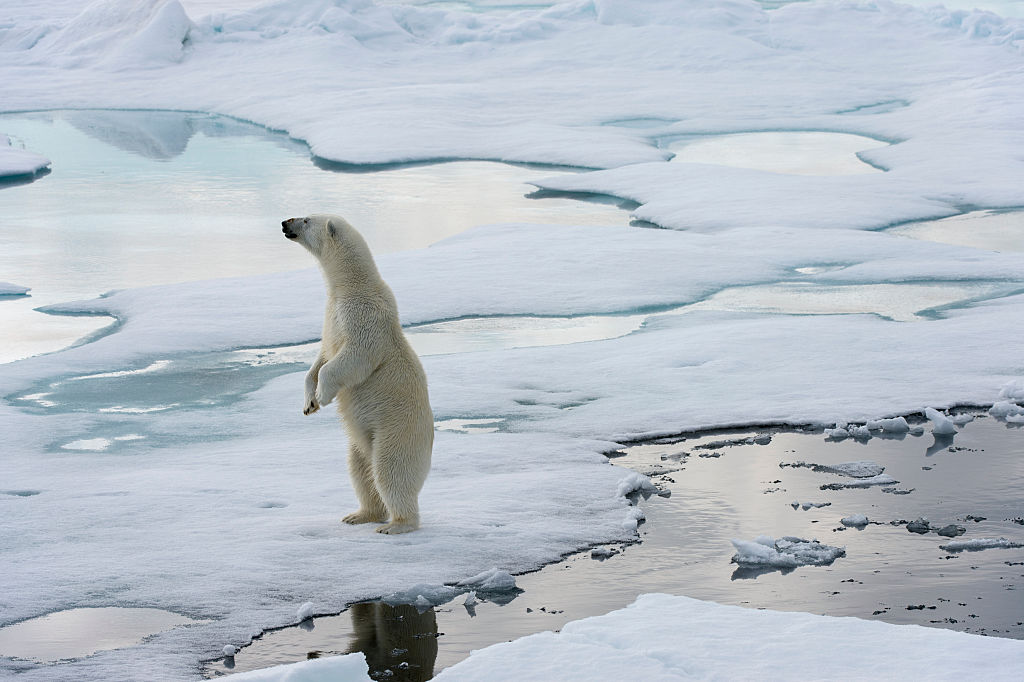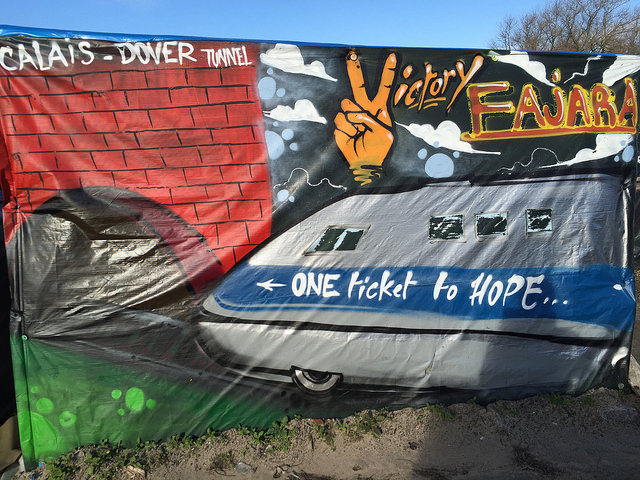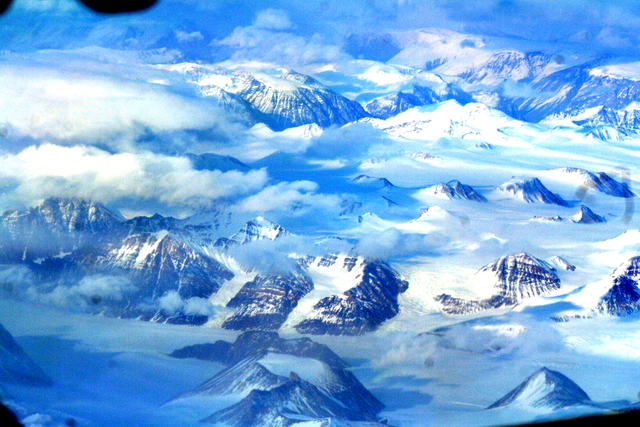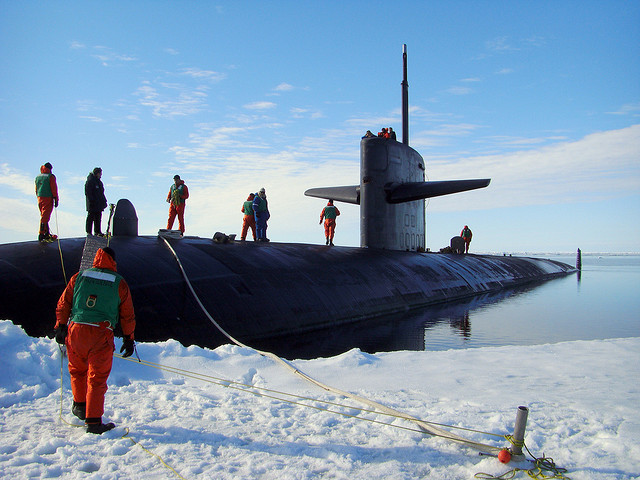The EU’s vision for a rapidly changing Arctic

The Arctic is changing rapidly, owing to the impact of global warming, increasing competition for resources and geopolitical rivalries. Regarding the region’s future, the European Union has both interests to uphold and a meaningful contribution to make. We intend to step up our engagement there through climate action, international cooperation, sustainable economic development and putting people first.
The European Green Deal will make Europe the first climate-neutral continent by 2050, and our legally binding commitment to cut greenhouse-gas emissions by 55% by 2030 stands as a global benchmark. The green deal and the EU’s new approach to fostering a sustainable blue economy are at the heart of the union’s Arctic strategy. Among our core proposals are a call for oil, gas and coal to remain in the ground, including in Arctic regions, and the establishment of a permanent EU presence in Greenland.
This task could not be more urgent. Climate change is on everyone’s mind, but it is happening more than twice as fast in the Arctic as elsewhere. Some of the region’s coastal stretches will soon become ice-free during summers—and eventually during winters, too. Melting ice and thawing permafrost are releasing large amounts of methane, further accelerating global warming, while rising sea levels are increasingly threatening coastal communities around the world. The August report by the United Nations Intergovernmental Panel on Climate Change stressed that human actions lie at the root of these developments.
Already, receding Arctic ice is opening up shipping routes and easing access to oil, gas and minerals—some of which serve as key inputs to help meet the world’s growing demand for innovative technology products. No wonder, then, that the Arctic is becoming more crowded, with a growing number of actors expanding their engagement. Increasingly, the kind of strategic competition that is so prevalent elsewhere in the world is now also shaping the Arctic.
China, for example, has described itself as a ‘near-Arctic state’, and has added a ‘Polar Silk Road’ to its transnational Belt and Road Initiative. It has been investing heavily in Russian liquefied natural gas fields and is eyeing shorter shipping routes. Russia, meanwhile, is building heavy icebreakers and looking at the Northern Sea Route to increase domestic and international shipping, as well as rebuilding military capacities in the region that had fallen into disuse since the end of the Cold War.
These developments show that Europe must define its geopolitical interests broadly to promote stability, safety and peaceful cooperation in the Arctic. Of course, the eight Arctic states have the primary responsibility here, but many issues affecting the region can be addressed only through regional or multilateral cooperation. The EU will thus expand its collaboration on such matters with all interested parties, and notably with allies and partners such as the United States, Canada, Norway and Iceland.
Regarding maritime search and rescue, for example, we need regional or circumpolar cooperation between national coast guards and should make greater use of our satellite systems to reduce risks at sea. Likewise, the EU is committed to the success of the agreement to prevent unregulated high-seas fishing in the central Arctic Ocean. Another regional priority is social inclusion: the challenges that indigenous reindeer herders face do not stop at national borders. We are also more effective working together when it comes to zero-emissions shipping standards, best practices in telemedicine, renewable energies or reducing plastic pollution.
With decades of experience in fostering regional cooperation, the EU will play its part. We are a leading proponent of multilateralism and take our multilateral commitments seriously—particularly those related to tackling climate change. And the union is of course itself part of the Arctic. Three of our member states have territory there, and we make laws that apply in five Arctic states. We are active in several regional bodies, including the Arctic Council, the Barents Euro-Arctic Council and the Northern Dimension, where we work with Russia, Norway and Iceland, particularly on environmental clean-ups.
The EU will expand its Arctic engagement across the policy spectrum. That includes paying special attention to the interests and views of youth and indigenous peoples, who have unique knowledge of local landscapes and are firsthand witnesses to changes that pose imminent threats to us all.
Clearly, we need an integrated approach. This means combining our climate and environmental goals with economic opportunities and joint action against shared security threats, including those arising from the climate crisis. For example, stimulating a robust green transition will enable Arctic regions to create jobs in sectors such as carbon-neutral energy, as well as develop sustainable approaches to connectivity, tourism, fisheries and innovation.
Europe will continue to use its substantial research budget and expertise in earth science to understand better and counter the effects of climate change. And we will seek to increase the EU’s strategic autonomy in minerals that are important for the green transition, ensuring that the extraction of these key raw materials is carried out in accordance with the highest environmental standards.
The Arctic faces serious, even existential, challenges. The EU will scale up and modernise its engagement to help ensure that collaborative approaches to addressing them prevail over potentially damaging strategic competition.



